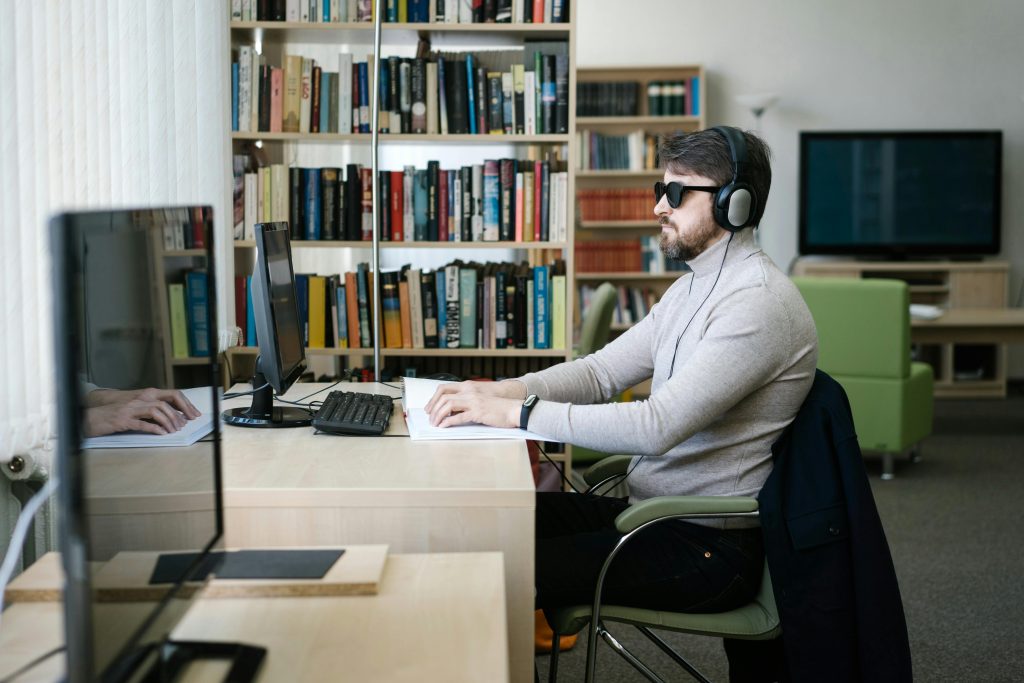Solving the “Event 153 Disk” Error: A Beginner’s Guide to Troubleshooting Your Desktop PC
If you are a computer novice stepping into the labyrinth of PC upgrades and technology maintenance, encountering an error like “Event 153 disk” can be daunting. In this blog post, we’ll break down everything you need to know about diagnosing and resolving disk-related errors in your Windows PC. We’ll cover common issues with your new SSD installation, explain technical terms, and provide clear solutions so you can get back to gaming without glitches.
Understanding Your Setup
First, let’s start with your current setup: You’re using a prebuilt HP Omen 45L (2023 version) desktop. You’ve recently upgraded by installing a new SSD with a heatsink to boost performance and expand storage—great choice for gaming, especially for games like Monster Hunter that rely on fast data retrieval and large texture files.
What is an SSD?
A Solid-State Drive (SSD) is a type of storage device that uses flash memory to store data. It’s significantly faster than traditional Hard Disk Drives (HDDs) because it has no moving parts, which also makes it more durable and less prone to mechanical failure. Generally speaking, an SSD is an excellent choice to enhance your PC’s performance, especially in gaming.
What is “Event 153 Disk”?
“Event 153 disk” is an error that occurs in Windows Event Viewer—a system application that logs system messages and errors. The error generally indicates there is a problem communicating with a storage device. In your particular case, it’s likely related to the recent SSD installation.
Step-by-Step Troubleshooting Guide
Step 1: Using the Windows Event Viewer
The Event Viewer consolidates all errors and system log messages. Here’s how to access it:
- Press
Windows + Rkeys. - Type
eventvwrinto the Run dialog and press Enter. - Navigate to
Windows Logs -> Systemand look for events labeled with “disk” errors.
Event 153 errors are reported when there are I/O (Input/Output) issues with storage devices. They can be symptomatic of network disconnections, power failures, or hardware level defects.
Step 2: Hardware Check
Before delving into software solutions, ensure there’s nothing wrong physically with the SSD or its installation:
- Re-seat the SSD: Power down your PC, open the case, and carefully remove the SSD. Inspect the connector and reinsert it, ensuring it’s firmly in place.
- Check Cables: Ensure all cables related to the SSD are securely connected. Some installations might have SATA cables involved, though NVMe drives (common in recent models like yours) slot directly into the motherboard.
Step 3: Update Your Drivers
Outdated drivers can lead to compatibility issues and errors:
- Storage Controller Drivers:
- Press
Windows + Xand select “Device Manager”. - Expand “IDE ATA/ATAPI controllers” or “Storage Controllers”.
-
Right-click your storage controller and select “Update driver”.
-
Motherboard/Chipset Drivers:
- Visit the official website of your motherboard manufacturer (in your case, HP) and download the latest chipset drivers.
-
Make sure to install the driver package as per instructions.
-
BIOS Update:
- Visit the same site for BIOS updates.
- Follow their official guide carefully to update your BIOS safely.
Step 4: Software Solutions
- SSD Firmware Updates: Manufacturers like Samsung, Kingston, etc., often release firmware updates to address performance issues.
- Find the model of your SSD.
-
Visit the manufacturer’s website for any firmware updates. These updates often come with tools that guide you through the installation process.
-
Check for Windows Updates:
-
Go to
Settings -> Update & Security -> Windows Updateand ensure that your system is fully updated. -
Power Management Settings:
- Sometimes, aggressive power management settings can cause issues with storage drives.
- Type “Edit power plan” in the Windows search bar, navigate to
Change advanced power settings, locateHard disksettings, and ensure the setting forTurn off hard disk afteris set toNever.
Step 5: Running Diagnostic Tools
- CHKDSK Utility:
-
Launch Command Prompt as Administrator and run the command
chkdsk /f /r. If errors are found, Windows will attempt to fix them. Note that this requires a restart. -
SSD-Specific Tools:
- Many manufacturers offer downloadable toolkits specific to their SSDs, which can help in diagnosing and optimizing drive health.
Step 6: Monitor and Test
After applying updates and adjustments, it’s crucial to test the system under the same conditions that previously led to the errors. Try launching the game to see if the freezes or crashes persist.
When to Consider Professional Help
If you’ve followed all steps and the issue remains unresolved, there might be a deeper hardware issue, such as a defective SSD or a motherboard problem. At this point, you might consider professional assistance.
A Final Note
As technical as computers might seem, patience and careful attention to details during installations and fixes can empower you to handle and resolve almost any error. Trust in the learning process—you’ve already taken an important step by reaching out for help and informing yourself about potential solutions.
The digital landscape can be complex, but with the right guidance and perseverance, even those with “negative” computer knowledge can successfully overcome technical hurdles. Happy gaming and remember—every challenge is a learning opportunity!
Share this content:




Response to “Need help figuring out how to fix event error”
Hi there! It sounds like you’re experiencing frustrating issues with the “Event 153 Disk” error after your SSD installation. Here’s a more technical breakdown along with some additional troubleshooting steps you might find helpful:
Advanced Troubleshooting Steps
1. Check SSD Health
Use tools like CrystalDiskInfo or the manufacturer’s proprietary software to check the health and status of your SSD. Look for SMART (Self-Monitoring, Analysis, and Reporting Technology) data that could indicate drive issues.
2. Review Windows Logs
After checking the Event Viewer for “Event 153”, also look for any other related errors occurring around the same time. This could help pinpoint whether it’s just an SSD issue or potentially something else, like an unstable power source or RAM problems.
3. Examine BIOS Settings
Sometimes, the BIOS settings for storage can lead to these errors. Access the BIOS setup and check:
Hi there,
It looks like you’re dealing with the “Event 153 Disk” error after installing a new SSD, which can sometimes be related to hardware connections or driver issues. Here are some steps you can try to troubleshoot the problem:
Device Managerto update your storage controller drivers. Also, visit HP’s official website to download the latest chipset and BIOS updates, which can improve hardware compatibility.chkdsk /f /rcommand in an elevated Command Prompt to scan and repair disk errors. Many SSD manufacturers also offer diagnostic utilities you can run to assess drive health.